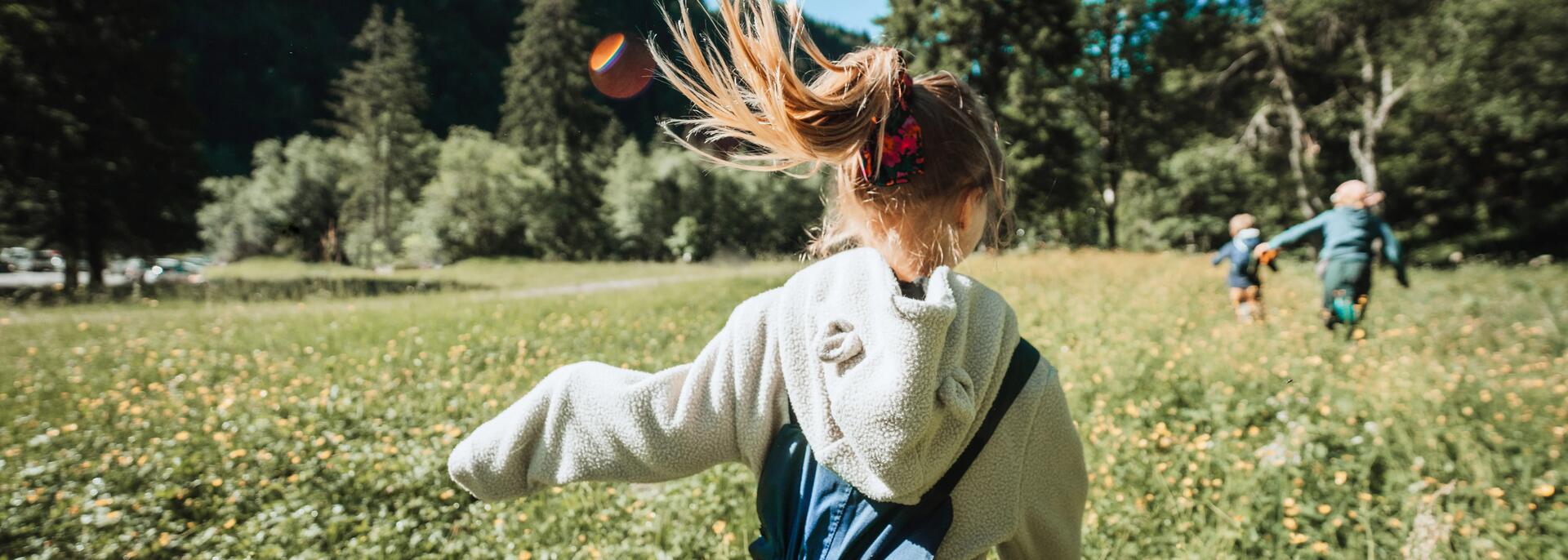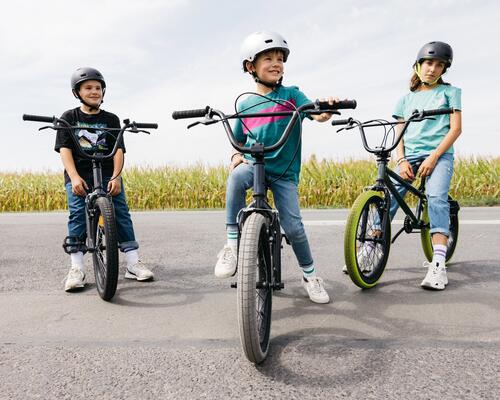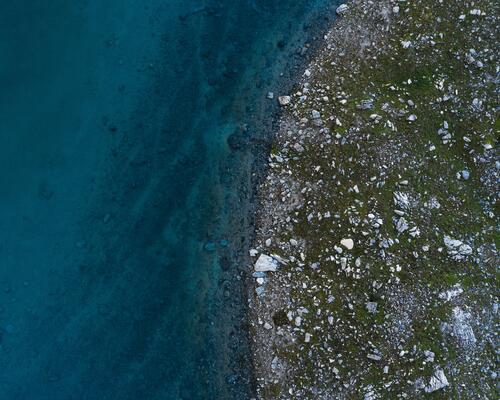#1. Where do DECATHLON products come from?
DECATHLON works with suppliers in 45 countries or regions*.
2,178 teammates supported 1,240 suppliers locally.
The company also owns nine production sites where it manufactures some of its products. The Group is developing the “Decathlon Manufacturing Way” network at these sites to promote operational excellence. This network enables in-house teams and partner suppliers to share ideas and draw inspiration from the best practices known to date.
*31.12.2024
➡️ 40 production offices (teams) in 24 countries/regions:
Africa: Algeria, Egypt, Ethiopia, Morocco, Tunisia. | Americas: Brazil, Mexico. | North Asia: Mainland China, Taiwan. | Southeast Asia: Indonesia, Malaysia, Thailand, Vietnam. | Southwest Asia: Bangladesh, India, Pakistan, Sri Lanka. | Europe: Albania, France, Italy, Poland, Portugal, Romania, Turkey.
Including four countries/regions with DECATHLON production sites: Africa: Morocco | North Asia: Mainland China | Southeast Asia: Thailand | Europe: France.
➡️ 21 countries/regions without a DECATHLON production office (team present in a neighbouring country):
Africa: Madagascar. | North Asia: Japan, South Korea. | Southeast Asia: Cambodia. | Europe: Austria, Belgium, Bosnia-Herzegovina, Bulgaria, the Czech Republic, Finland, Germany, Hungary, Ireland, the Netherlands, Spain, Slovakia, Slovenia, Sweden, Switzerland, Ukraine, the United Kingdom.







